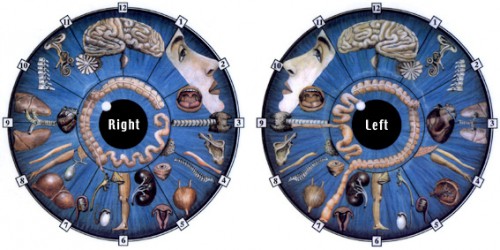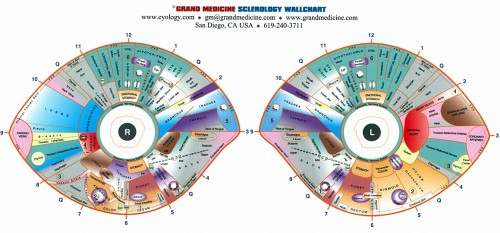Will it be Donald Trump?
A combination of controversy, scandal and low polling numbers have prompted oddsmakers at a U.K. betting house to predict President Donald Trump would likely either be impeached or resign – or both – before the upstart politician’s first term in the White House officially comes to an end in 2020, according to a new report. The odds for an impeachment to happen were given a 4/5 chance of happening as of Friday, according to Inverse, a website that describes itself in part by asking “ What could happen next? ”
Or will it be Bill O’Reilly?
Months after lamenting his status as a “target,” we are learning that O’Reilly was speaking from deep experience. The New York Times reported on Saturday that about $13 million has been dished out over the years — by O’Reilly and his employer — to resolve complaints from women regarding O’Reilly’s antics. The claims shed light on just why O’Reilly and his former boss Ailes fashioned a mutual protection racket on the premises of Fox News: They both needed someone who’d have their back.
Both are “awful, awful” people, both are on the record saying “awful, awful” things, and we’ve known how “awful, awful” they are for decades. So on the one hand they’ve survived their disgraceful reputations for a long time, and in fact have prospered because of their publicly unpleasant personas; on the other, well, we all wish these odious human beings would just go away.
If they do experience a downfall, the one I wish most would get splattered fast is Trump, because his reign is the most acutely disastrous for the country. If I were putting money on it, though, I’d have to guess that O’Reilly will be shown the door first, just because the eviction of Roger Ailes set a precedent.
I would not bet on whether either will suffer the consequences they deserve. You know there’s a soft landing planned for both, with plenty of money and luxury.





